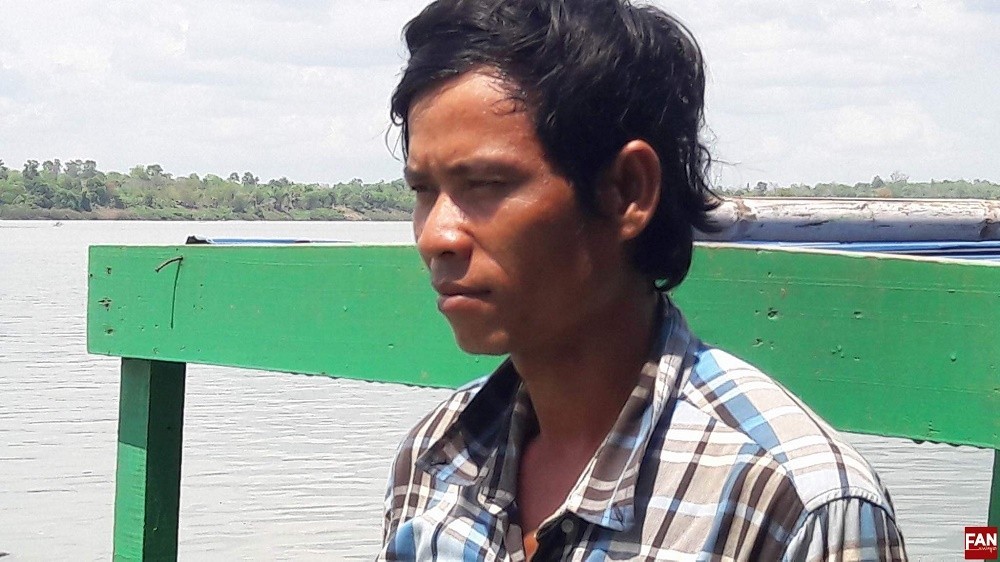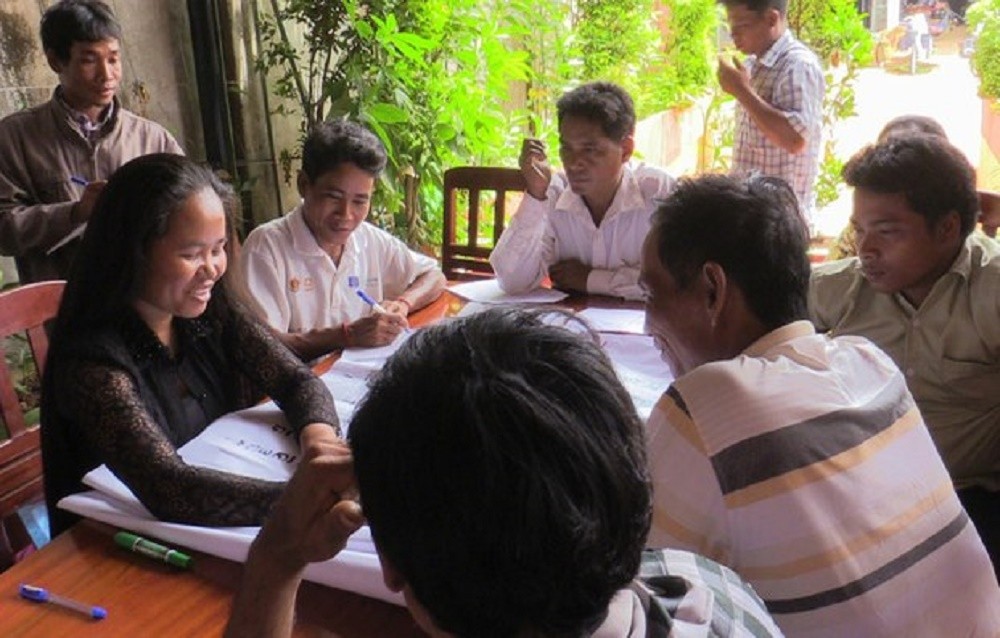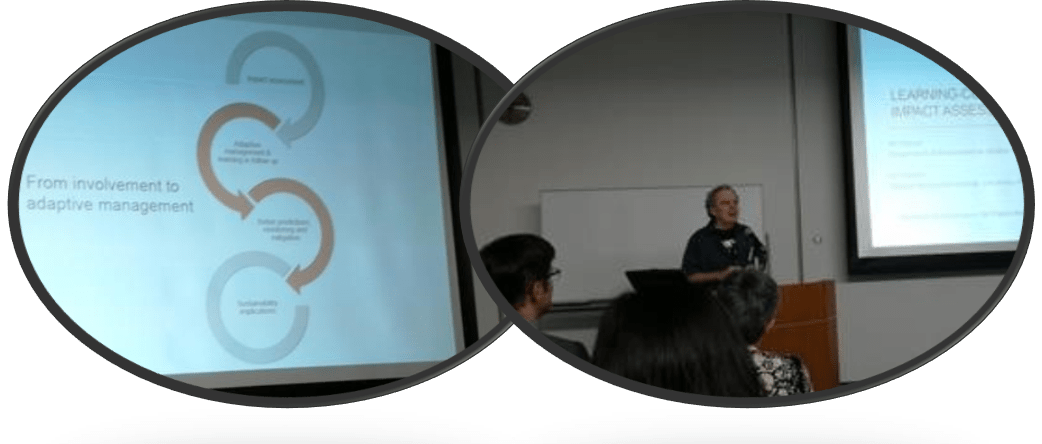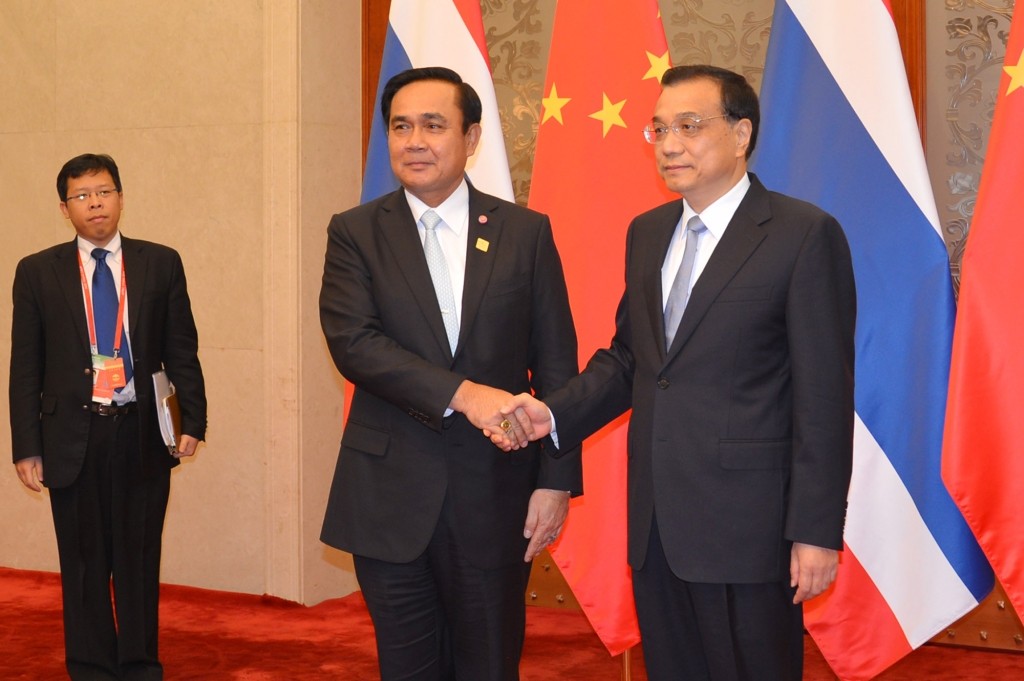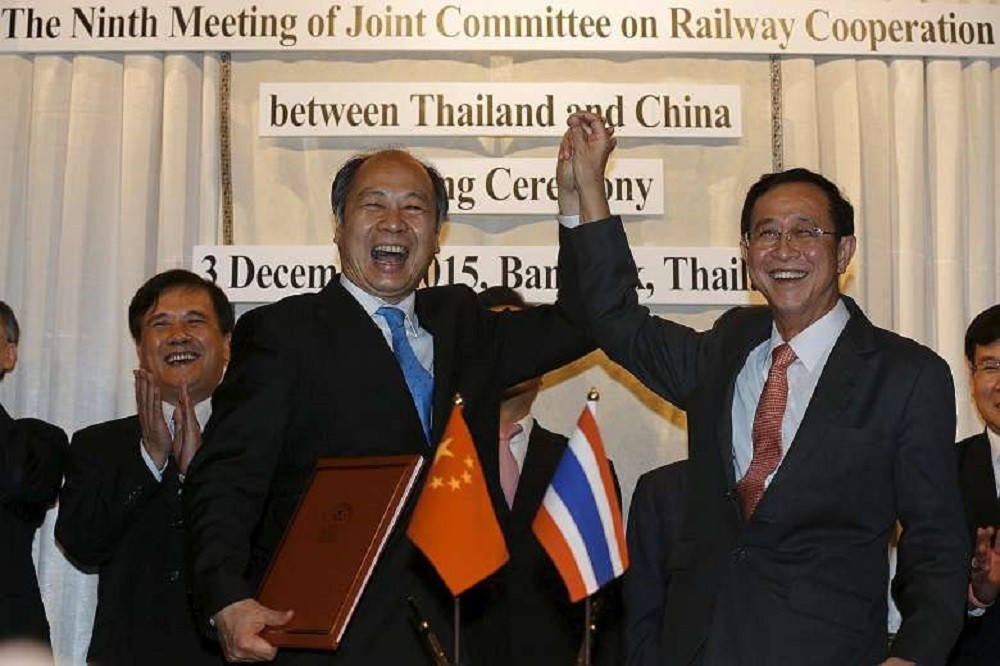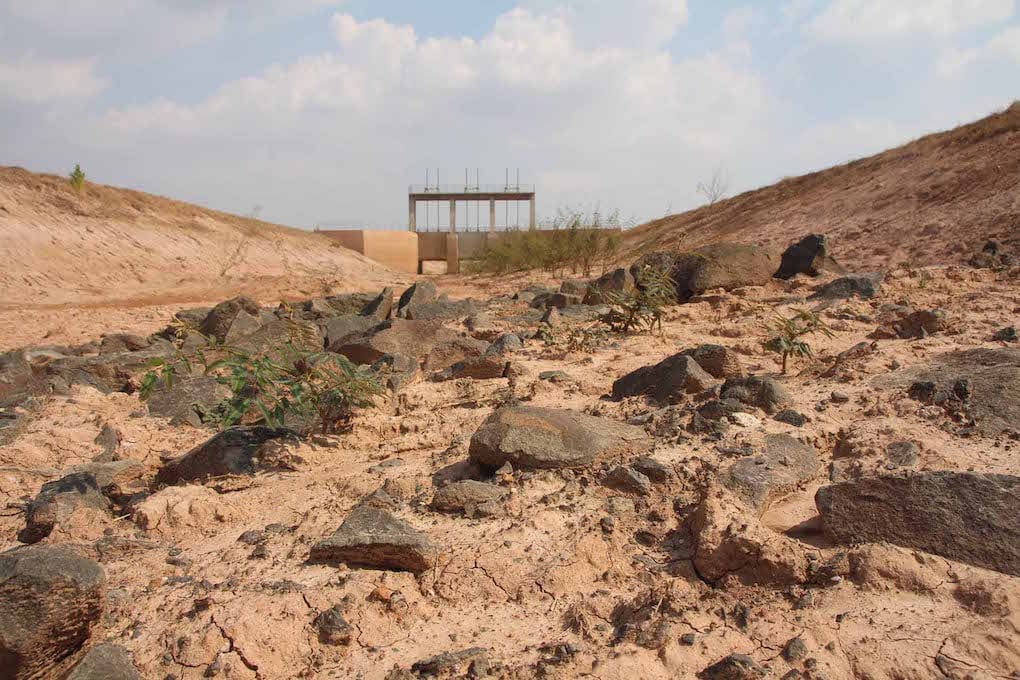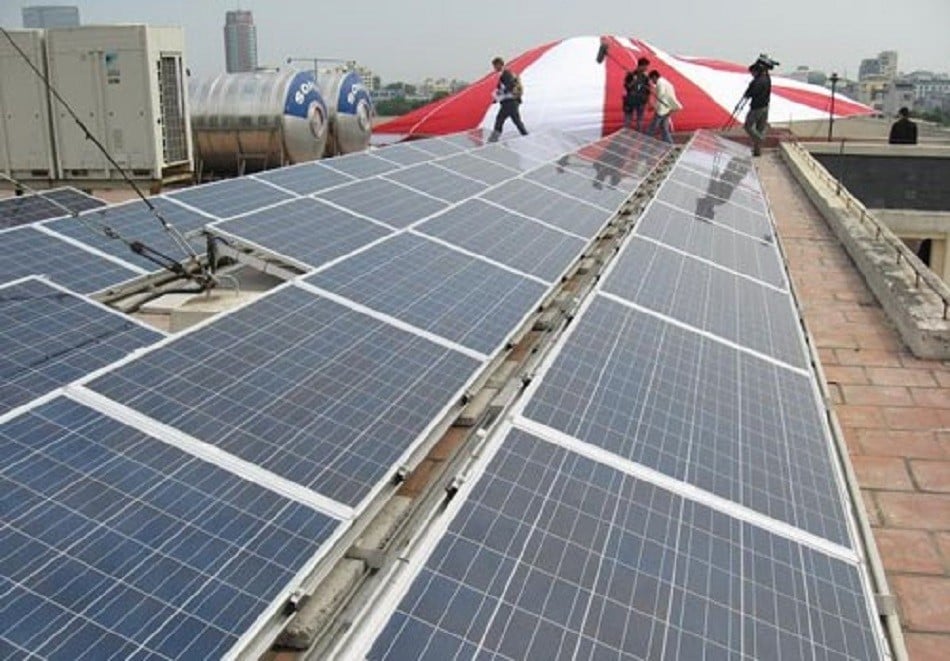Som Khamera Ouk Fishermen in Preah Romkel commune Tharaborivat district of Stung Treng province, Cambodia are concerned that their livelihood will be harmed because of Don Sahon hydropower dam construction. This dam site is very close to Cambodia-Lao border – about 2km. Mr. Bun Thon is 44 years old and he is a member of eco-tourism committee in […]
Category: Article
Report: Coal and gas to stay cheap, but renewables still win race on costs
Low prices for coal and gas are likely to persist, but will fail to prevent a fundamental transformation of the world electricity system over coming decades towards renewable sources such as wind and solar, and towards balancing options such as batteries.
The latest long-term forecast from Bloomberg New Energy Finance, entitled New Energy Outlook 2016, charts a significantly lower track for global coal, gas and oil prices than did the equivalent projection a year ago. Crucially, however, it also shows a steeper decline for wind and solar costs.
Mining Activists from Three Provinces Discuss Advocacy
About 30 Community Mining Focal People (CMFP) from Mondolkiri, Ratanakiri and Preah Vihear province gathered on June 14 2016 in Banlung town of Ratanakiri province to present and share their implementation of advocacy plans and updates about impacts of mining on local people.
Ms. Vong Socheat, a CMFP from Mondolkiri province said that one mining company has a license to mine and the company forced villagers to give farmlands to them because the farmlands are in the exploration or exploitation area of the company. She also said that local authorities have not paid attention to those issues, but they have forced local people to leave their farmlands as it belongs to the company.
Public Participation and Learning in Impact Assessment
Members of the Regional Technical Working Group on Environmental Impact Assessment (RTWG on EIA, facilitated by Mekong Partnership for the Environment) participated in the Annual Conference of International Association for Impact Assessment in Nagoya, Japan in May 2016. IAIA is a global conference focusing on Impact Assessment tools and issues such as EIA, Health Impact Assessment (HIA), Public Participation, Biodiversity, Climate Change, and other topics. Here, an RTWG member shares his thoughts on the event and particularly one session “Learning-Centered Approaches to Impact Assessment.”
Sun, Partnerships Power Thailand Solar Project
Sitting in the courtyard of his home in Lopburi Province, 180 kilometers north of Bangkok, Saichol Thanomsak remembers what life was like for the nearly 600 people in Moo 3 Village before Asia’s largest thin-film photovoltaic solar energy project moved in nearby. Land was not fertile and jobs were scarce, forcing breadwinners to seek employment elsewhere. For those who remained, life could be grim.
“The armed forces use nearby fields for firing practice and villagers would collect artillery shells for scrap metal,” he says. “Sometimes they blew up and there were many injuries. Today, we don’t have to take such risks. Our village benefits greatly from the solar plant. It has allowed so many of us to stay home and make a decent living.”
MPE’s Cambodian Civil Society Partners Make Major Contribution to New Mining EIA Framework
Cambodia’s Ministry of Mines and Energy and the Ministry of Environment have co-signed an agreement to improve Environmental Impact Assessment (EIA) requirements in artisanal and small scale mining projects. Mekong Partnership for the Environment (MPE) partner Development and Partnership in Action (DPA) and a network of CSOs they facilitate played a key role in advising the government prior to the final agreement. The agreement aims to bring better transparency leading to stronger public participation in EIA processes.
Target Thailand and radiate southeast, China PV enterprises arrange global market
Lam Sun Due to high cost and American and European anti-dumping tariff, the business of China solar panel manufacturers was gloomy in past 2 years. During this depression, the renewable energy markets in newly emerging Asian countries became the substitute of China manufacturers. Thai Rayong Industrial Park, 140 kilometers from Bangkok, Thailand, has become the […]
900km Sino-Thai railway decade dream achieved
A nearly 900 kilometers railway project, China and Thailand has negotiated for ten years. On the occasion of Trans-Asian Railway makes its first appearance of the early harvest, Ta Kung Pao reporters explore and look for opportunities and risks along the railway line. This railway connecting the border of Laos and Bangkok, towards Mada Pu Industrial Park, will be linked with China-Lao railway and reaches KungMing, YunNan province in the end, which draws a giant circulation map which connects China with Laos and Thailand.
The water conflict on the Mekong
Ban Klang is a 400-year old village in Chiang Khan district, Loei province, Thailand. The village, home to more than 1,000 residents, is located next to Loei’s river mouth, connecting the tributary to mainstream of the Mekong River. The village is famous as a peaceful destination for tourists.
However, upon entering Ban Klang in recent times, visitors are surprised to notice banners hanging in-front of residents’ houses throughout the town, declaring “No Si Song Rak water gate here” and “Ban Klang residents do not need Si Song Rak water gate.” These are just examples of the rising water conflict in the Mekong region.
Improving solar energy solutions in Vietnam and Cambodia
Solar energy is a clean and available energy source. If this renewable energy source is used effectively, then the deforestation from hydropower construction will not happen anymore. Vietnam and Cambodia are two countries in South East Asia that have advantages in solar energy sources.


